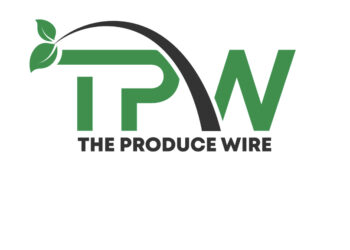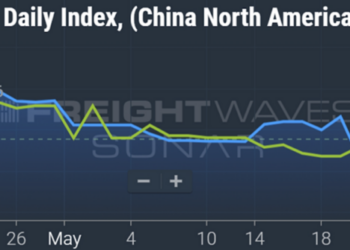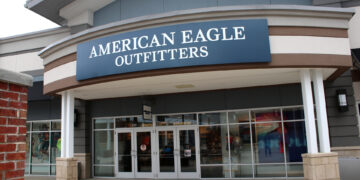This fireside chat recap is from FreightWaves’ Enterprise Fleet Summit on Wednesday.
FIRESIDE CHAT TOPIC: The promise of onboard video for long-term fleet safety.
DETAILS: Protection from litigation stemming from truck crash accidents has been a major driver for dashcams and other onboard video devices, but a priority on fleet safety is pushing adoption of such technology in other ways that protect drivers and their carriers’ businesses, according to Jesse Chappell, global business development manager at Trimble.
KEY QUOTES FROM JESSE CHAPPELL:
“Depending on what study you look at, 70-80% of the time when a commercial vehicle or professional driver is in an incident, it’s not their fault. Onboard video removes the head-scratching moment and can be provided to law enforcement even before they finish their [accident] report. That type of response can change the direction of the crash investigation.”
“With artificial intelligence and machine learning, onboard video is moving beyond exoneration and contributing more to a fleet’s safety program, such as lane departure, collision detection, fatigue, distracted driving, seat belt usage. There is still some resistance, however I’m starting to see a pivot from drivers, especially when they realize [this technology] can help them get home safe.”
“The market penetration numbers [for onboard video among enterprise fleets] are incredibly low — 10-15% of the fleets actually have it, while other studies will show that 40-50% of drivers have dashcams. But we see overall adoption among fleets increasing over the next three to five years. Resolution will get better, and things are going to get smaller, sleeker and more integrated into the vehicles, which you’ll see coming as a standard option from the OEMs.”
The post Reaching the next level of fleet-safety AI appeared first on FreightWaves.














